
make sure to refresh this page every time you access it
updated: 4/6/16



The "mission and core purpose" of the University of Texas at Austin is" to transform lives for the benefit of society through the core values of learning, discovery, freedom, leadership, individual opportunity and responsibility."
Born Free
http://www.youtube.com/v/1qBK4RRpouQ&hl=en&fs=1&
Born free, as free as the wind blows
As free as the grass grows
Born free to follow your heart
Live free and beauty surrounds you
The world still astounds you
Each time you look at a star
Stay free, where no walls divide you
You're free as the roaring tide
So there's no need to hide
Born free, and life is worth living
But only worth living
'cause you're born free
(Stay free, where no walls divide you)
You're free as the roaring tide
So there's no need to hide
Born free, and life is worth living
But only worth living
'cause you're born free
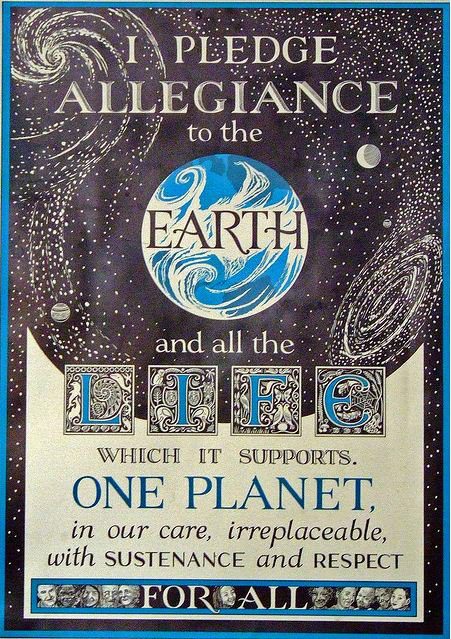
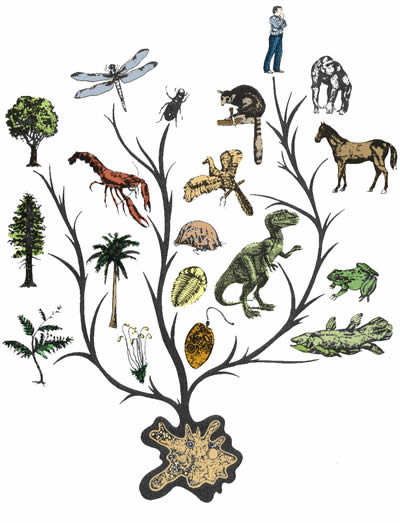
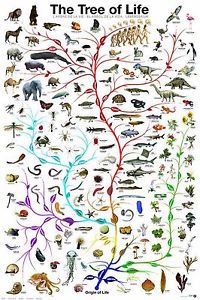
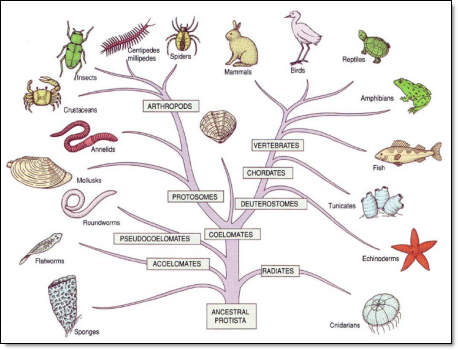
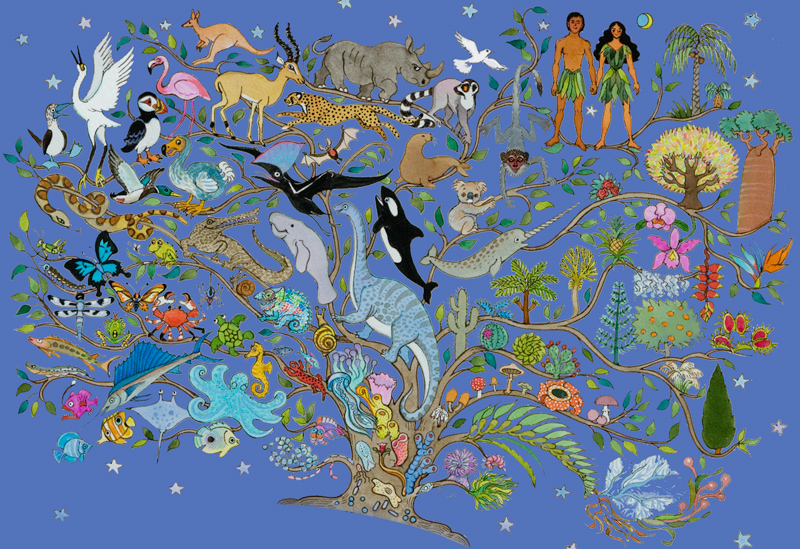
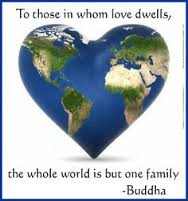
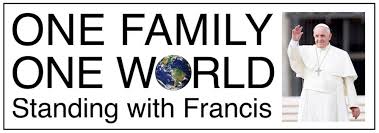
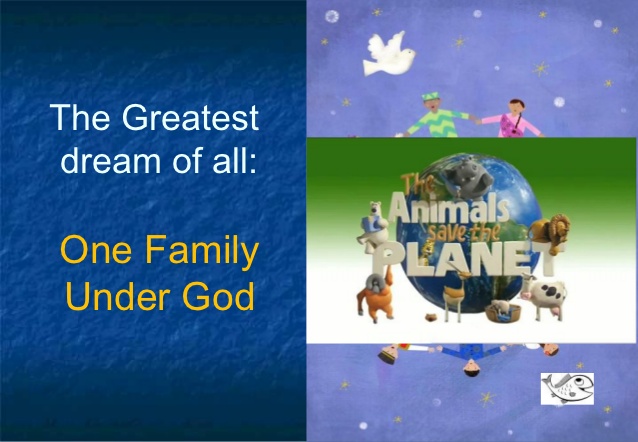

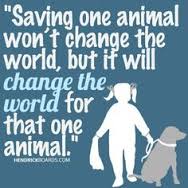
==========================================================================================
FEELING STRESSED?
Thomas Merton, a Trappist monk, once wrote, "to allow oneself to be carried away by a multitude of conflicting concerns, to surrender to too many demands, to commit oneself to too many projects, to want to help everyone in everything, is to succumb to the violence of our times.
More than that, it is cooperation with violence. The frenzy of the activist neutralizes his work for peace. It destroys her own inner capacity for peace. It destroys the fruitfulness of his own work because it kills the root of inner wisdom which makes work fruitful."
One interpretation: The fear of failure and the need to get things done create this downward spiral of the spirit. To break this "circle of violence" we must step back, reflect, meditate. While at rest we may be able to see things anew, which will increase our "fruitfulness at work" and at home.
“Stress Recess” Stressed by papers? Tests? Relationship issues? For these and other stressors, take a few minutes to check out a new interactive website called “Stress Recess” at http://www.cmhc.utexas.edu/stressrecess, a component of the UT Counseling and Mental Health Center. This site is loaded with videos, animation, video games, body scans, quizzes, clickable charts and graphics and practical information tailored to YOU. Learn what causes stress, signs of stress and—most importantly---what you can do to manage stress in healthy ways!
Return to Bump Home Page